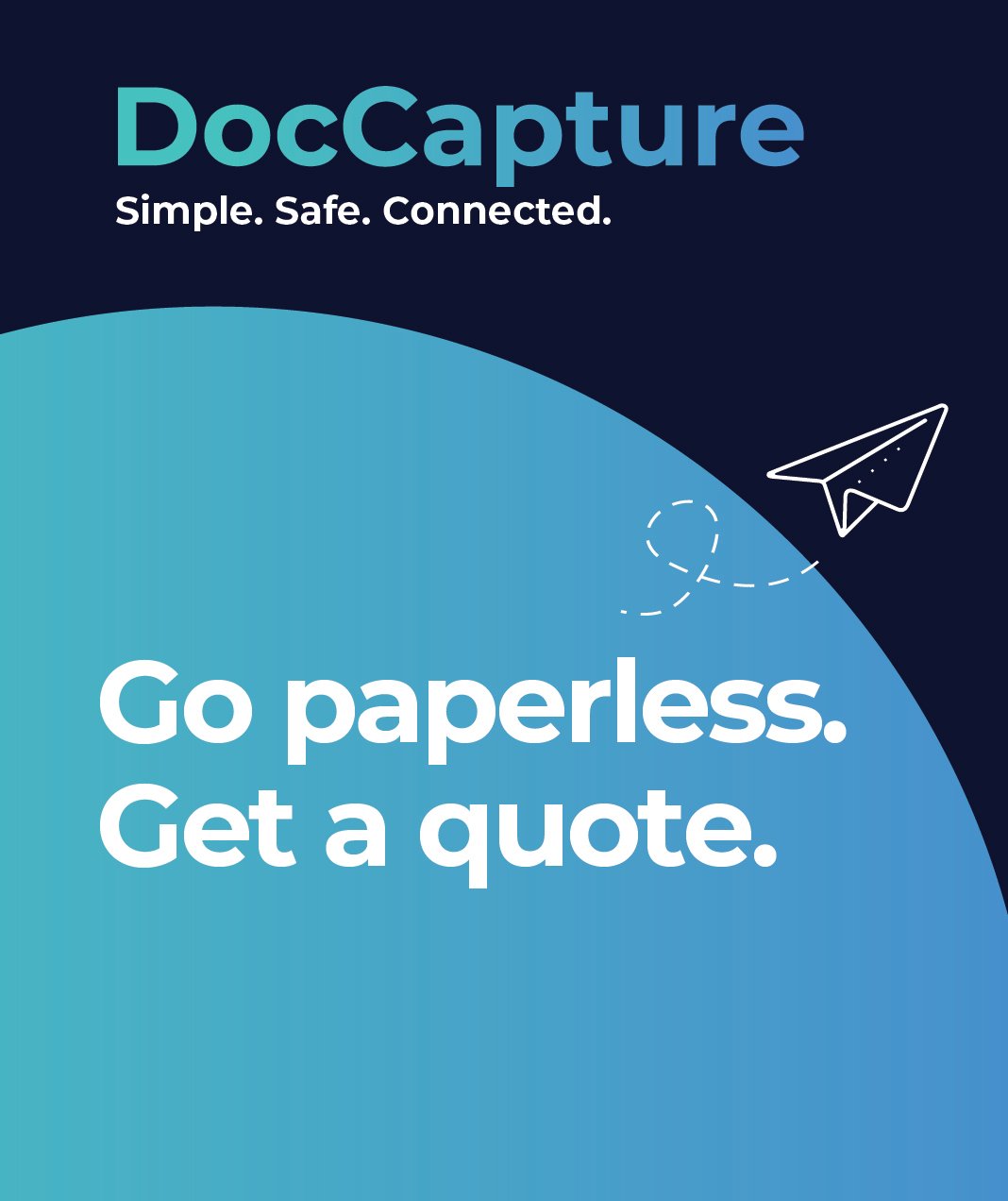Reducing Healthcare Costs with Automated Document Scanning Services
Table of contents
Healthcare organizations face growing pressure to deliver exceptional patient care while managing mountains of paperwork. From processing medical records to maintaining compliance with strict regulations like HIPAA, administrative tasks can feel overwhelming. These manual workflows often lead to bottlenecks, increased costs, and potential errors, which impact efficiency.
Automated document scanning offers a solution. By digitizing and automating the handling of critical documents, healthcare organizations can reduce administrative burdens, enhance accuracy, and save money. In this post, we’ll dive into the challenges of traditional healthcare administration, how automation transforms these workflows, and why DocCapture is a leader in this space.
Understanding the Challenges in Healthcare Administration
Healthcare is built on precise workflows, yet administrative processes often lag behind, relying on manual systems that are time-consuming and prone to error. Whether it's filing patient records, retrieving medical history, or ensuring compliance, outdated methods create inefficiencies that cost time and money.
Manual Processes and Their Inefficiencies
Many healthcare organizations still rely on paper-based processes, including scanning, sorting, and archiving physical documents. These practices:
- Slow down workflows, leading to delays in patient care.
- Introduce risks of misfiled or lost records, impacting data availability.
- Increase storage costs for physical files.
For example, a hospital processing thousands of patient records manually every month risks human errors like data entry mistakes or misplaced information. This not only hampers efficiency but also reduces staff productivity.
Learn more about how medical records scanning can help mitigate these inefficiencies.
Compliance, Data Security, and Accuracy
Compliance with regulations such as HIPAA requires rigorous protection of sensitive patient information. Manual processes often lack sufficient safeguards, making data vulnerable to breaches. Healthcare professionals are left with mounting pressure to maintain accuracy while managing large volumes of information.
Beyond compliance, manual workflows can lead to discrepancies in medical records, which may affect patient outcomes. Addressing these challenges requires innovative technology to streamline processes while meeting the industry’s strict standards.
Benefits of Automated Document Scanning in Healthcare
Automated document scanning has revolutionized how healthcare organizations manage their administrative processes. By transitioning from paper-based workflows to digital systems, healthcare providers can unlock multiple benefits, including improved accuracy, reduced costs, and streamlined operations.
Streamlining Data Workflows and Reducing Errors
Automated scanning eliminates manual data entry by converting physical documents into digital files that are easy to store, search, and retrieve. Advanced features like optical character recognition (OCR) ensure that data is captured accurately, minimizing the risk of errors.
For example, scanning medical records into EMR systems allows for faster access to patient information, enabling healthcare professionals to focus more on patient care instead of paperwork. Additionally, digitized workflows reduce the likelihood of misplaced or incomplete records, enhancing operational efficiency.
Cost and Time Savings
Switching to automated document scanning reduces the need for physical storage space, allowing organizations to save on facility costs. Furthermore, streamlined workflows mean less time spent on redundant tasks like manual filing or searching for documents, which translates to lower labor expenses.
By digitizing their operations, healthcare organizations can reallocate resources to more pressing priorities, such as improving patient care or upgrading technology infrastructure. You can explore more about medical document scanning to see how this solution impacts operational costs.
Ensuring Compliance with Regulations Like HIPAA
Automated scanning systems are designed with compliance in mind, ensuring that patient data is handled securely and meets the requirements of HIPAA and other regulations. Features like encrypted storage, role-based access controls, and digital audit trails help healthcare organizations maintain data integrity and confidentiality.
These systems provide peace of mind by reducing the risk of non-compliance, which could otherwise result in hefty fines or reputational damage. Learn how scanning medical records can keep your organization aligned with industry standards.
How DocCapture’s Solution Stands Out
DocCapture is specifically designed to address the unique challenges faced by healthcare organizations. By combining advanced technology with industry-specific features, it delivers a tailored solution for managing medical records and administrative workflows. Here’s how DocCapture sets itself apart:
EMR Integration
DocCapture seamlessly integrates with Electronic Medical Record (EMR) systems, allowing healthcare organizations to digitize patient files and import them directly into their existing platforms. This eliminates the need for manual data transfers, ensuring that critical information is always up-to-date and easily accessible.
With DocCapture, scanning medical records into EMR systems becomes a streamlined process, saving both time and resources while improving overall workflow efficiency.
HIPAA Compliance and Data Security
DocCapture prioritizes compliance with regulations like HIPAA, ensuring that sensitive patient information is handled securely. Its built-in safeguards include encrypted digital storage, role-based access controls, and automated audit logs to protect against unauthorized access or data breaches.
By using DocCapture, healthcare organizations can feel confident that their operations meet the strictest regulatory standards. Explore more about its medical records scanning features to see how it ensures compliance.
Secure Digital Storage and Retrieval
DocCapture provides secure, cloud-based storage options, enabling healthcare providers to access patient records from anywhere while maintaining data security. Its advanced indexing and search capabilities make retrieving specific documents quick and simple, reducing delays and improving operational efficiency.
Simplified Implementation
Unlike many solutions that come with steep learning curves, DocCapture is user-friendly and quick to implement. Its intuitive design makes it easy for staff to adopt, ensuring a smooth transition from manual workflows to automated processes.
Conclusion
Automated document scanning is transforming how healthcare organizations handle their administrative workflows. By digitizing and automating processes, healthcare providers can significantly reduce costs, improve operational efficiency, and ensure compliance with strict regulations like HIPAA.
DocCapture is purpose-built to address the unique needs of the healthcare industry, offering features like seamless EMR integration, secure digital storage, and compliance safeguards. Whether you’re looking to streamline patient data workflows, reduce administrative overhead, or enhance data security, DocCapture has the tools to help you succeed.
Ready to take the next step? Fill out our "Get a Quote" form today to learn how DocCapture can revolutionize your operations.
Share this
You May Also Like
These Related Stories

Integrating Legacy Systems with Modern Document Solution in Healthcare

Reducing Operational Costs in Healthcare with Document Scanning

